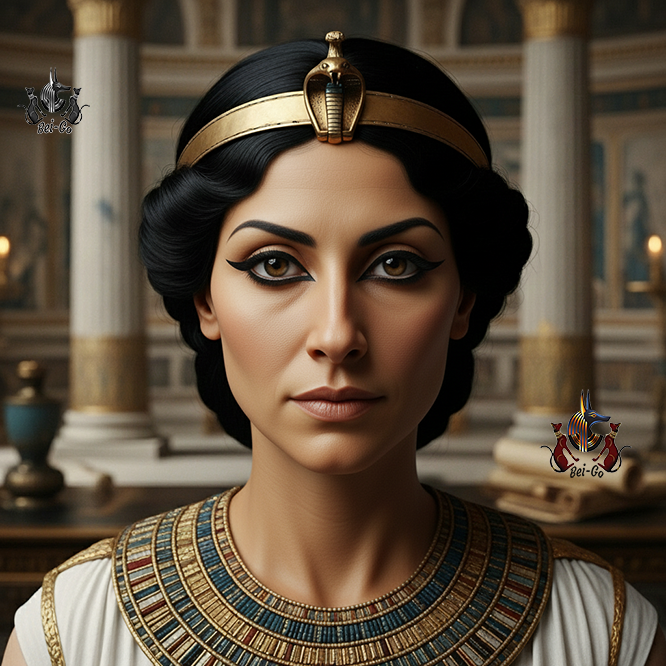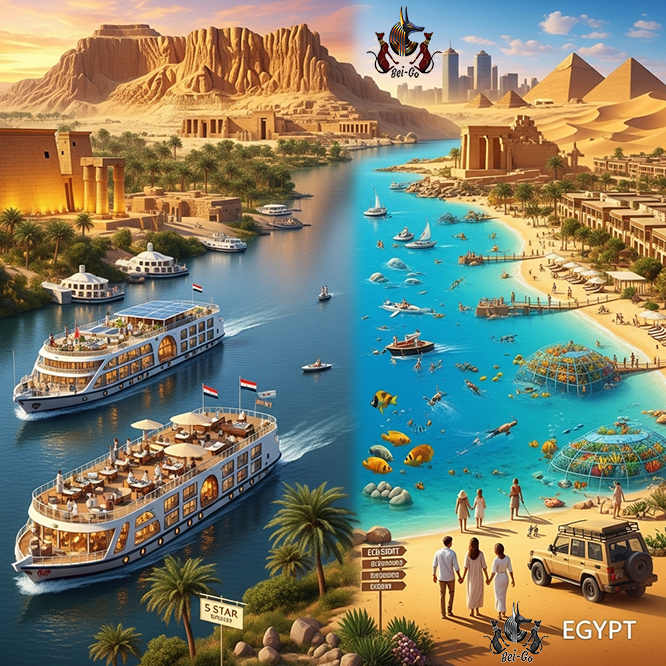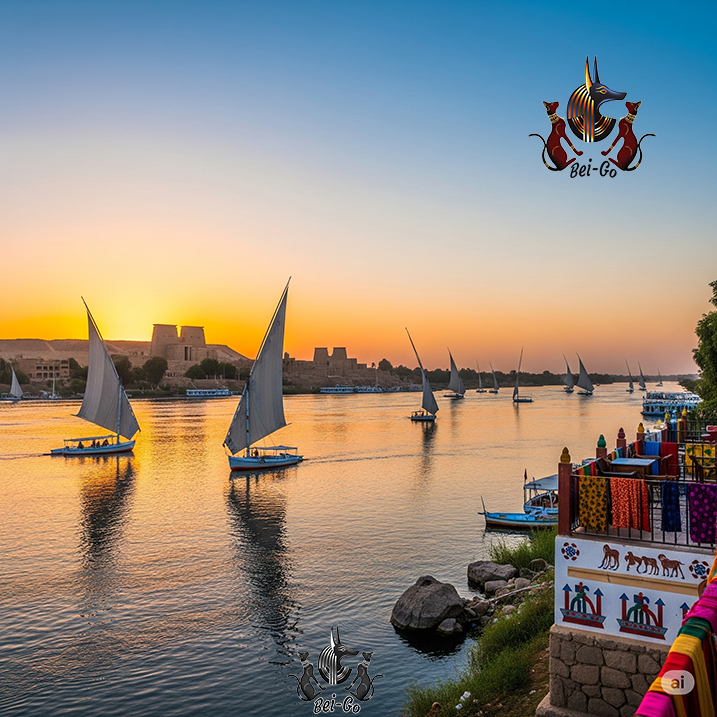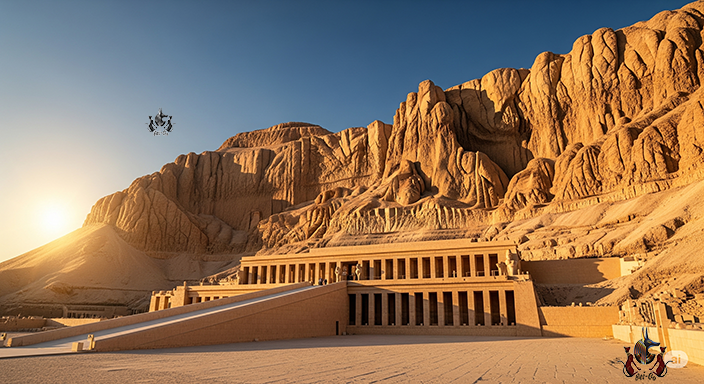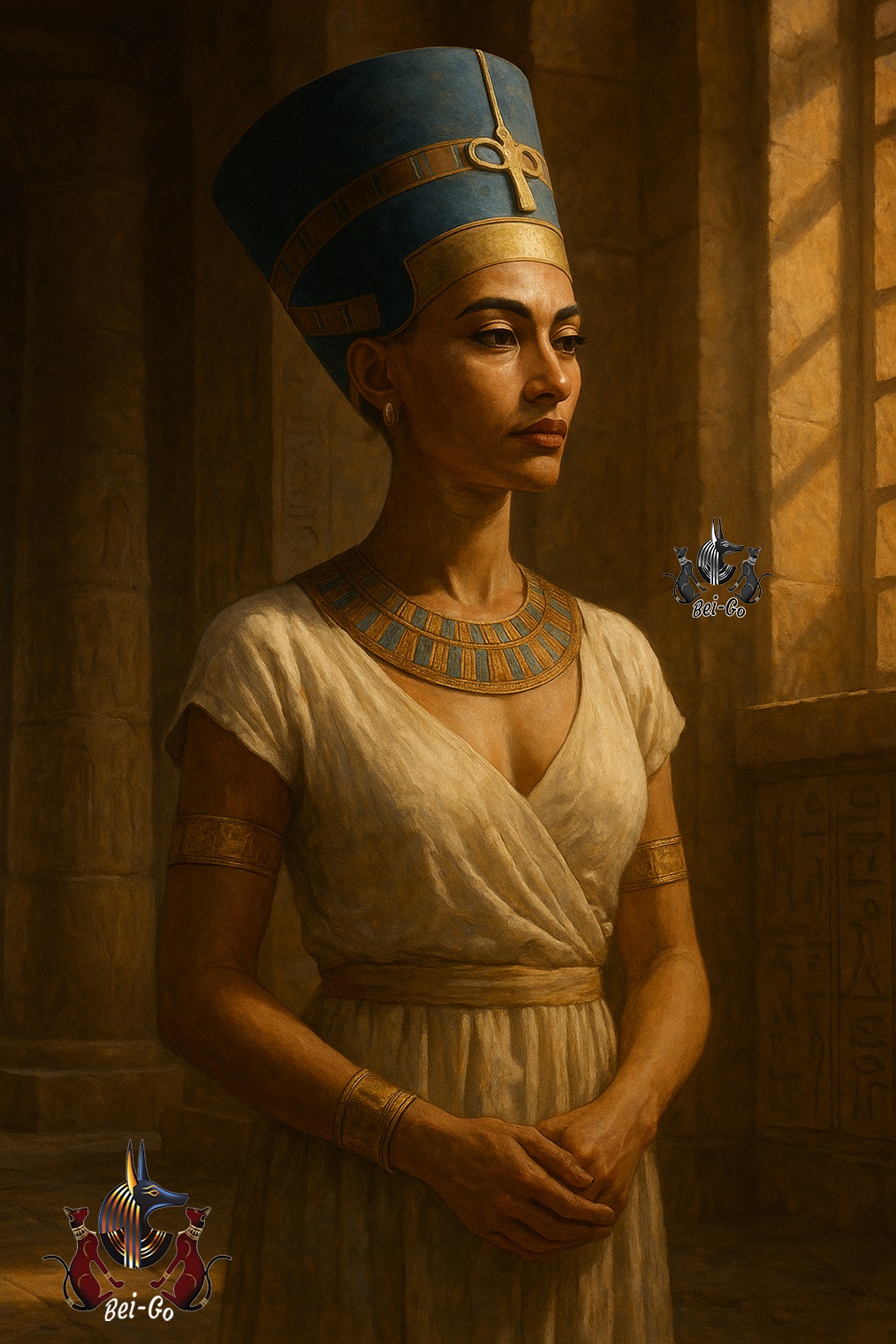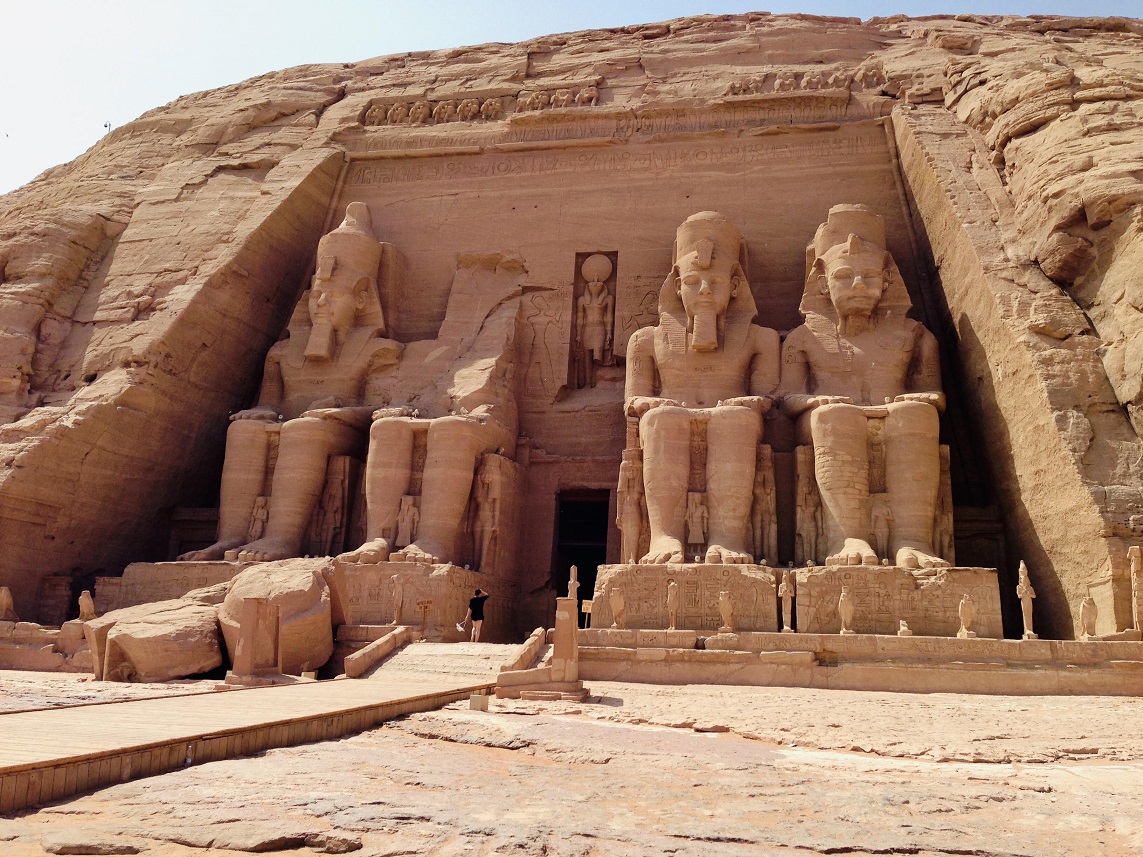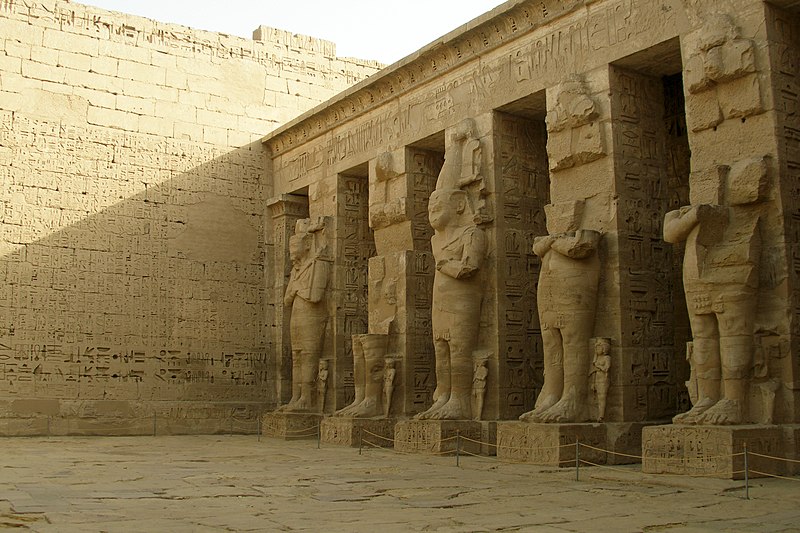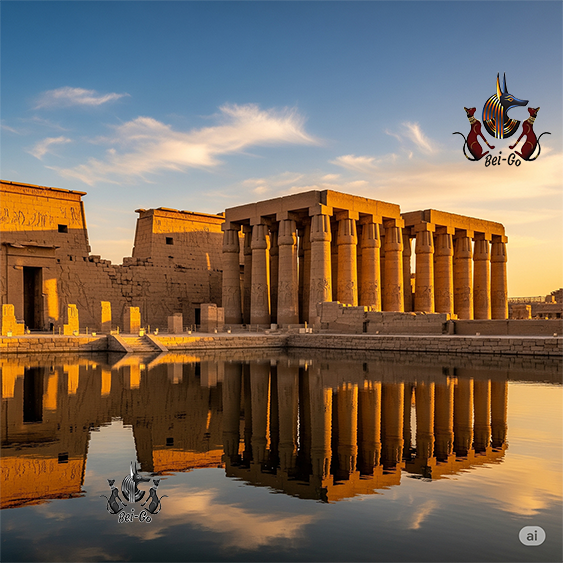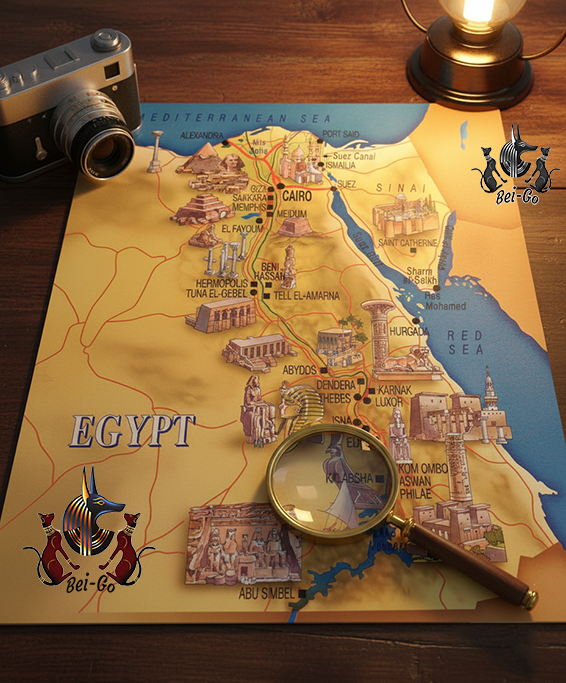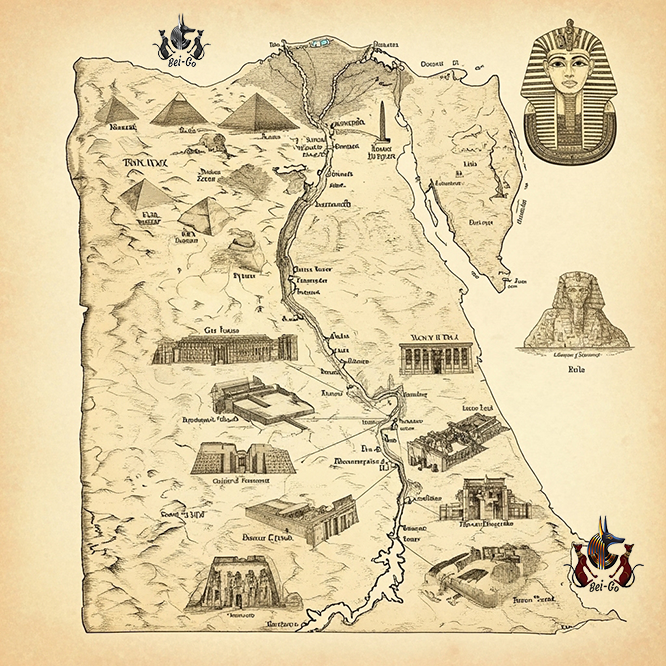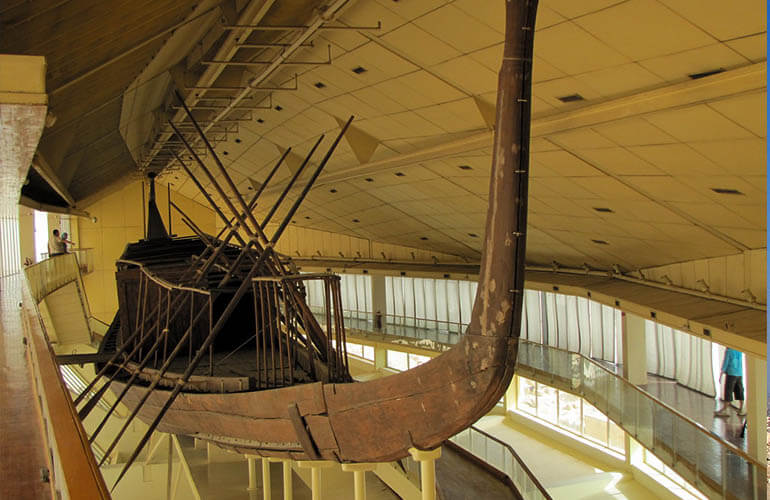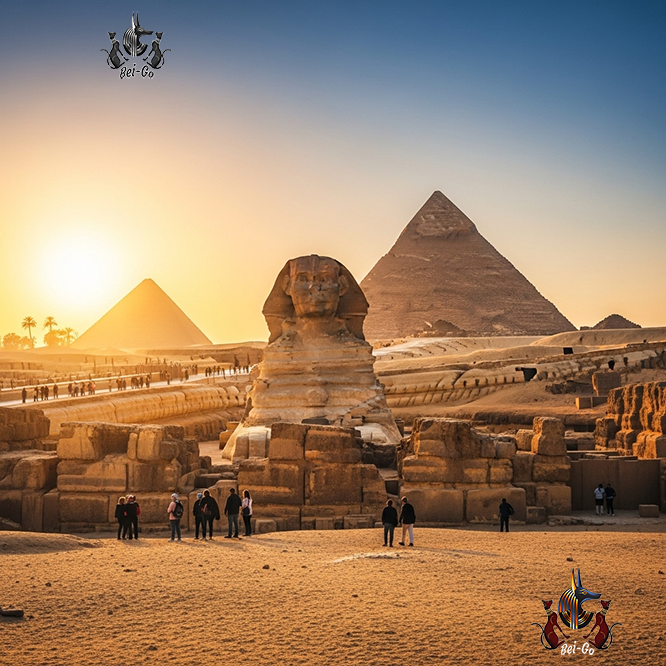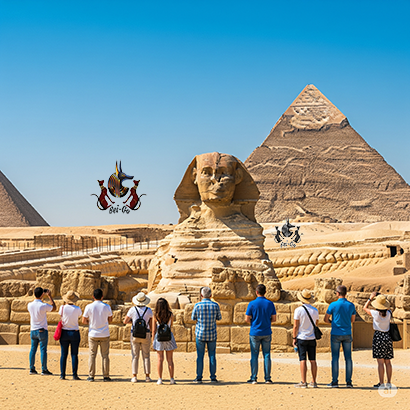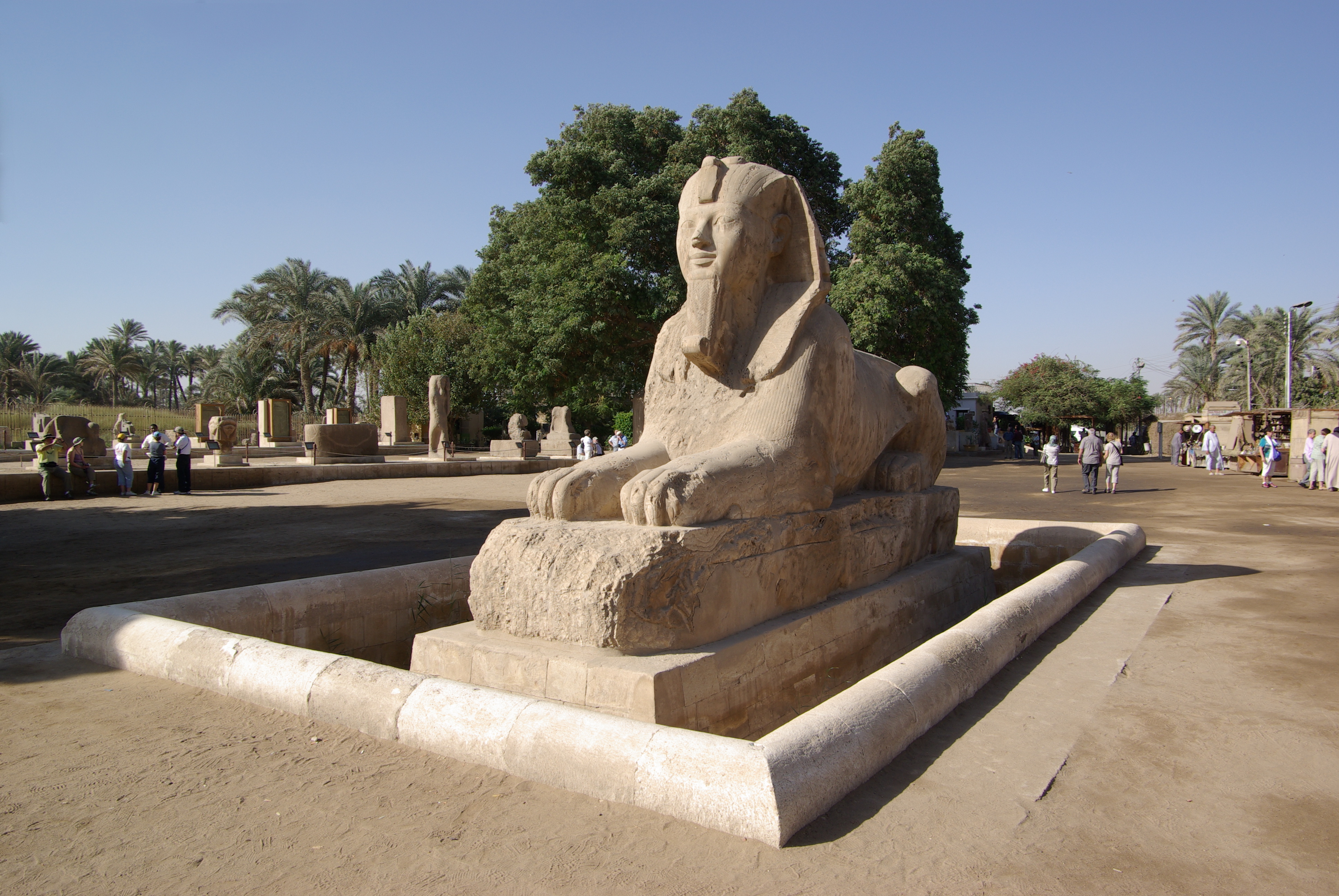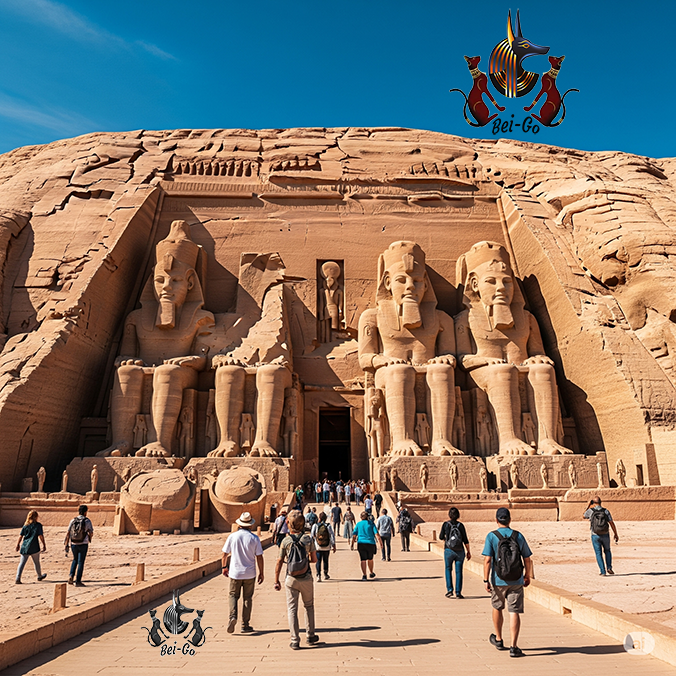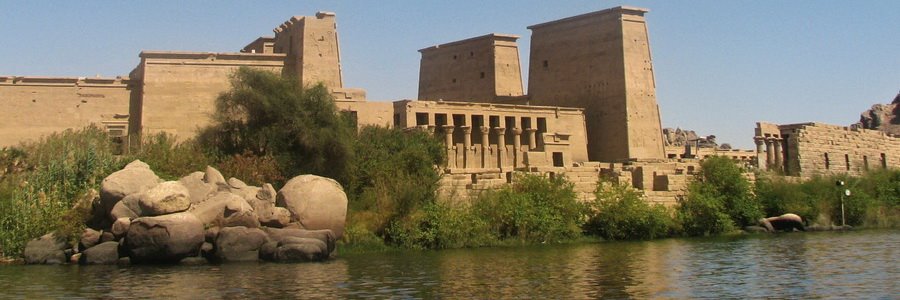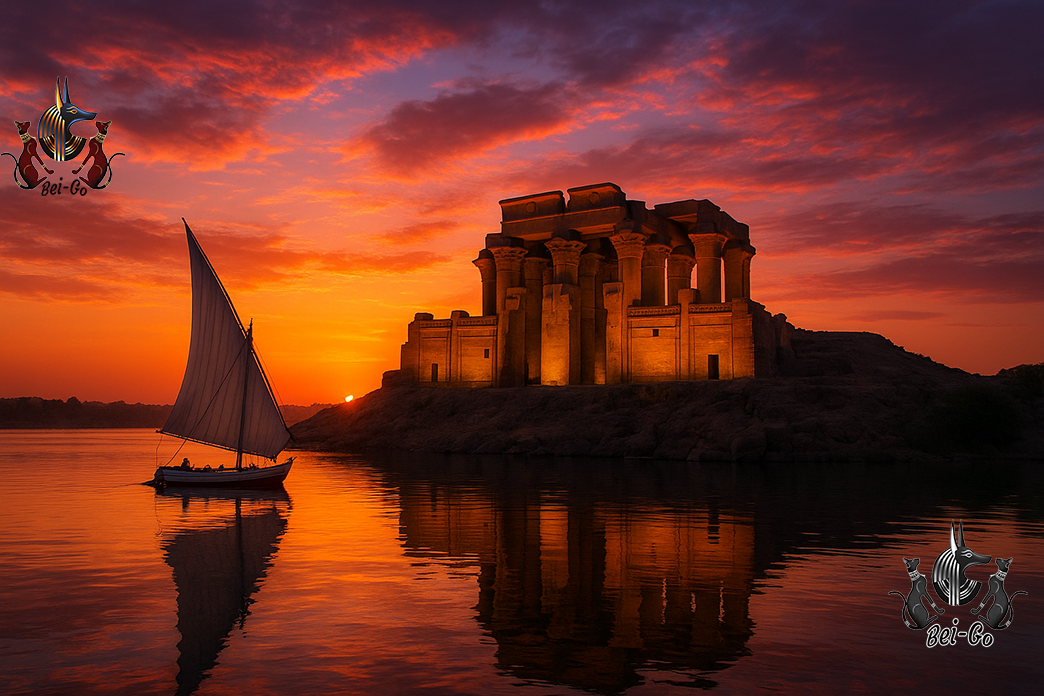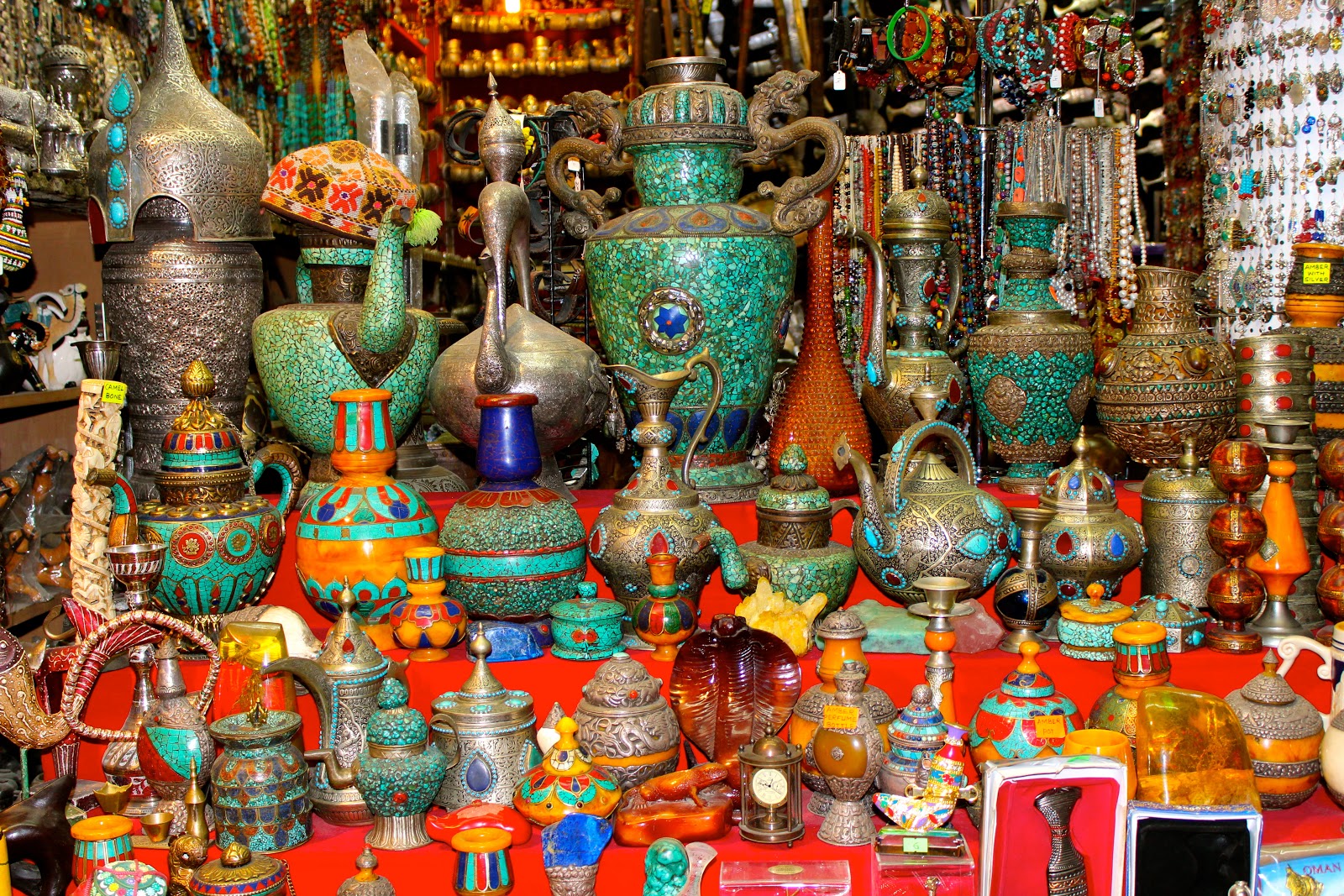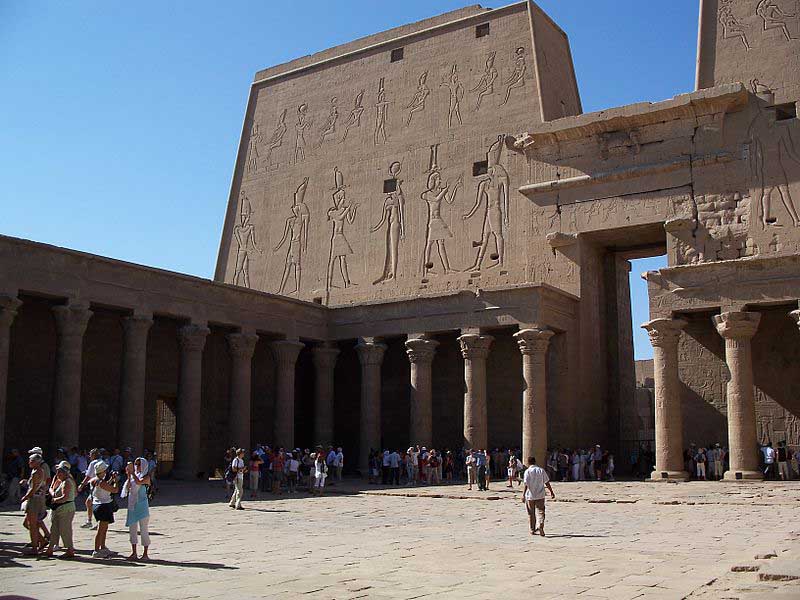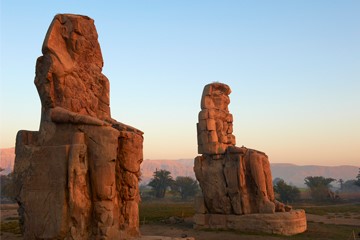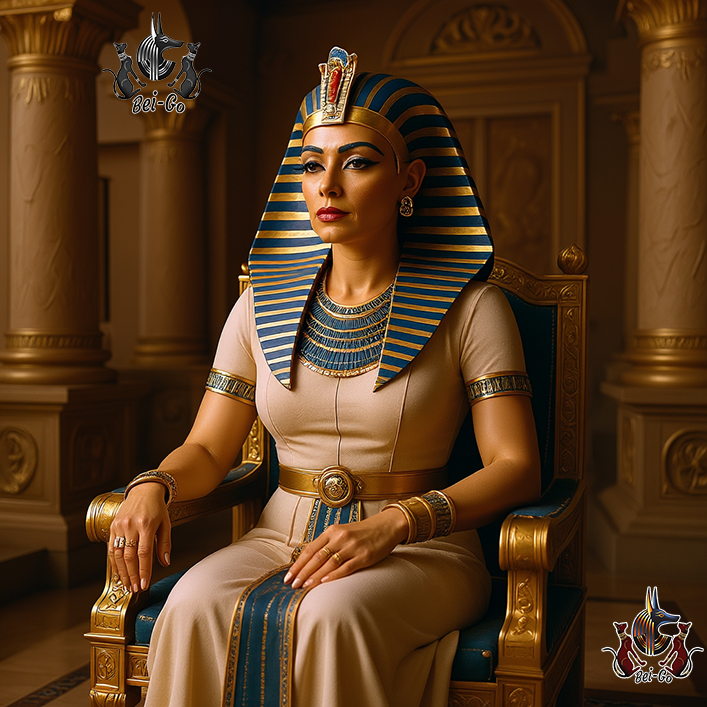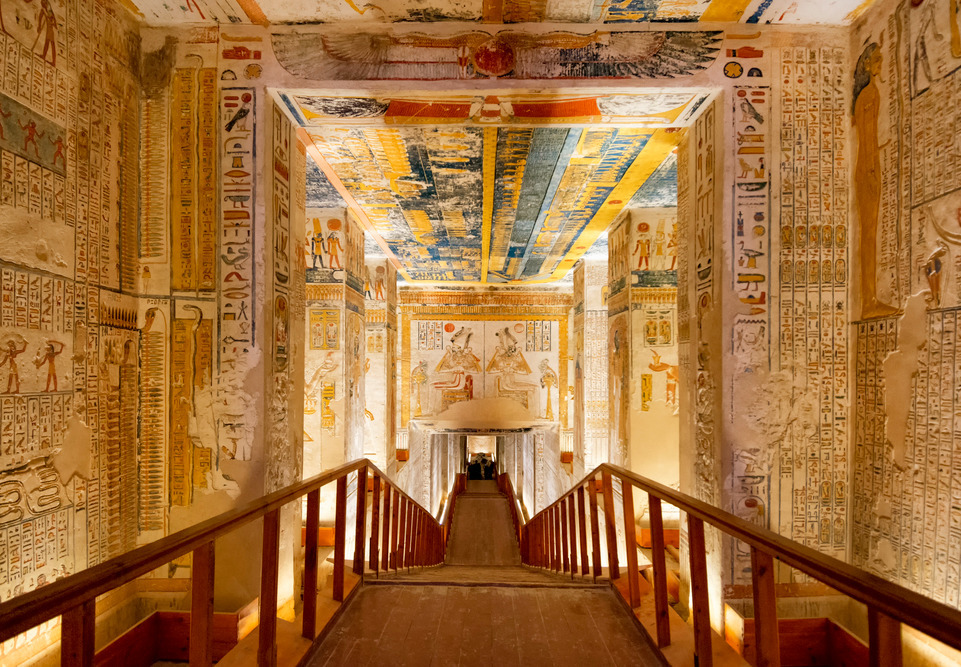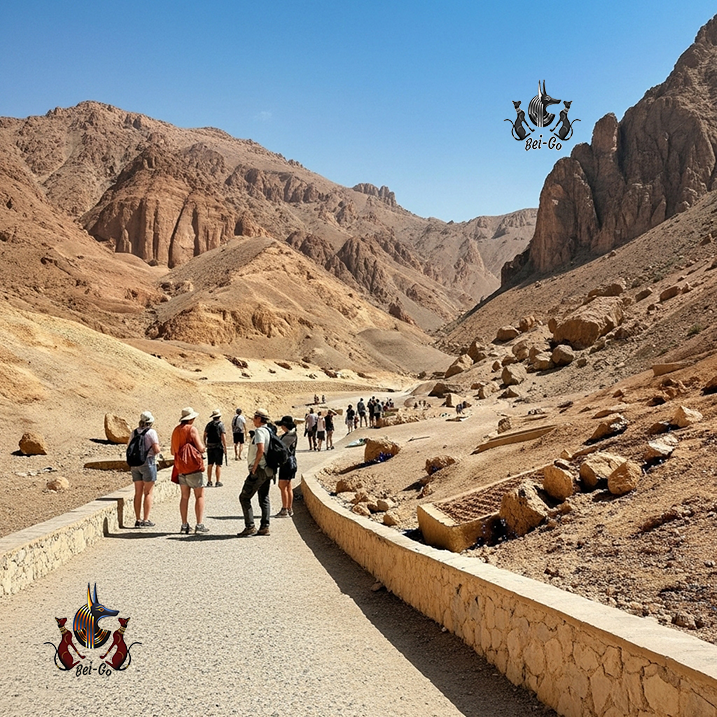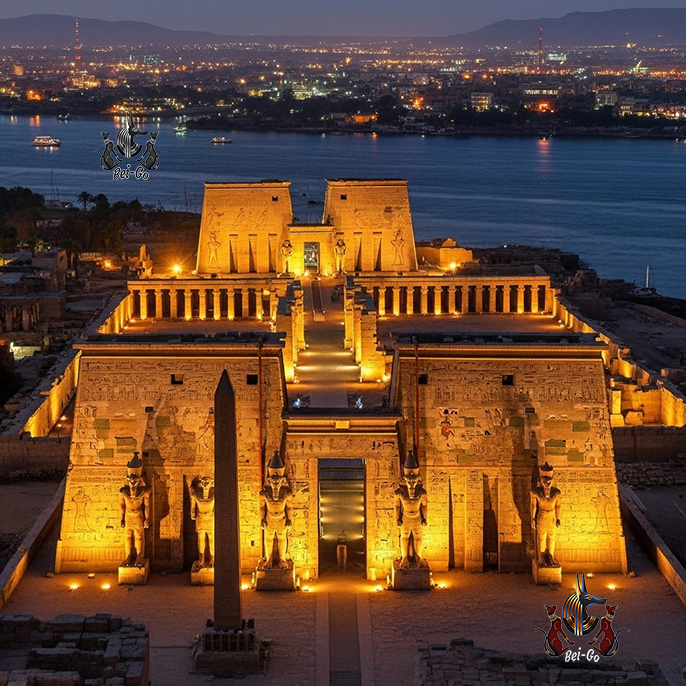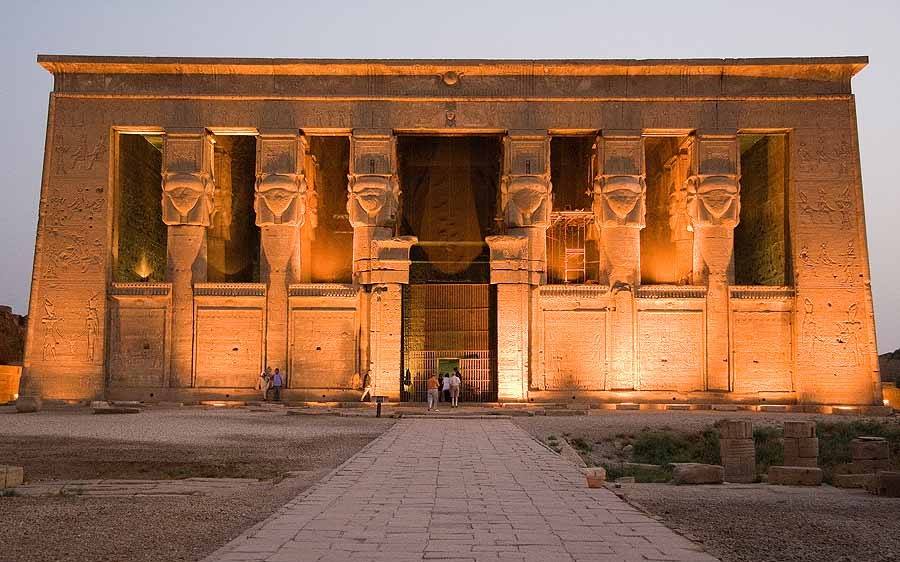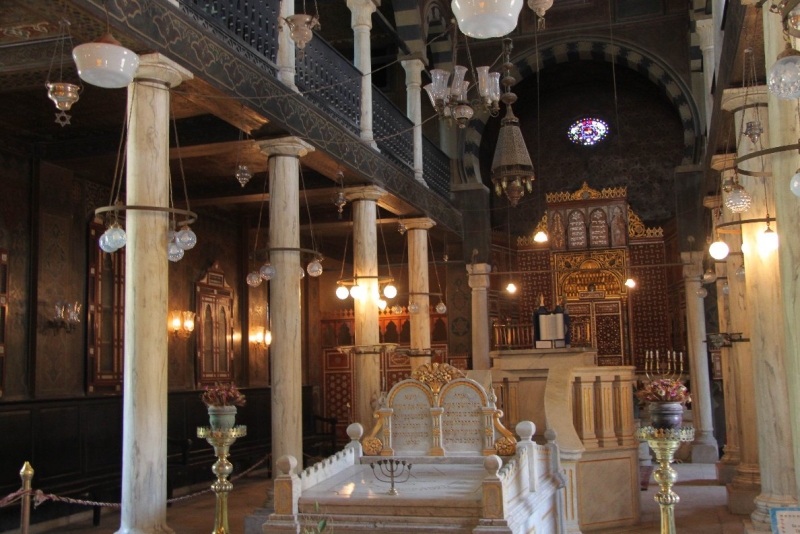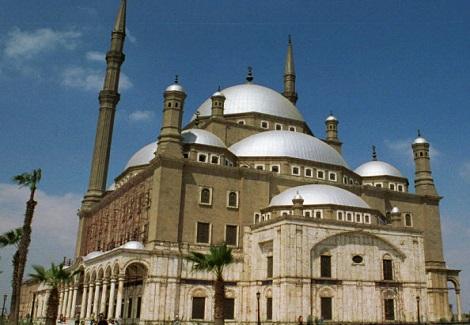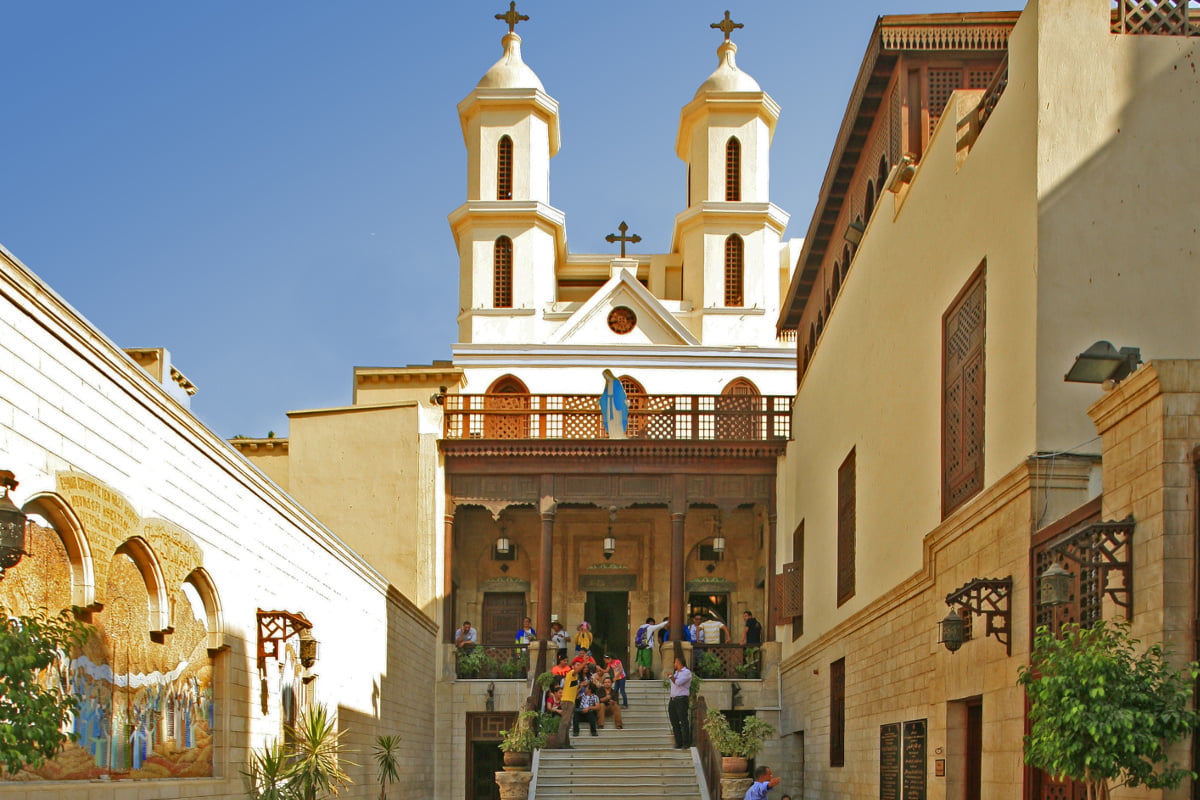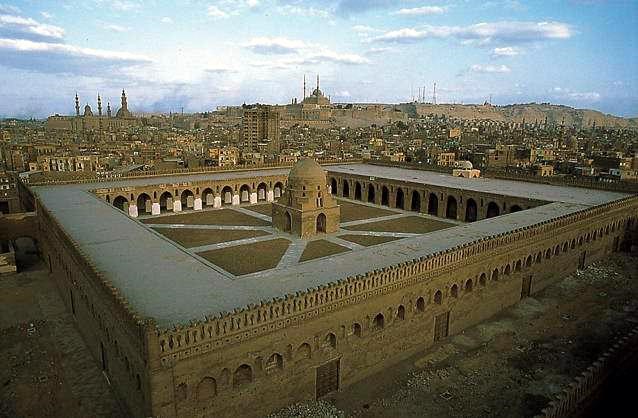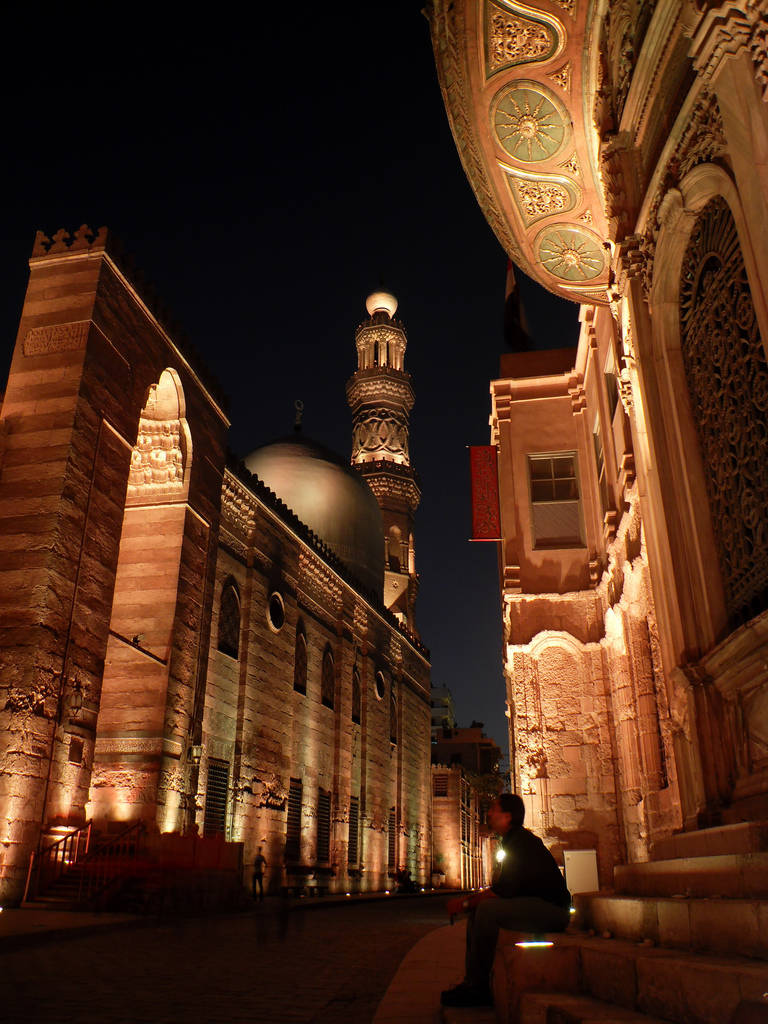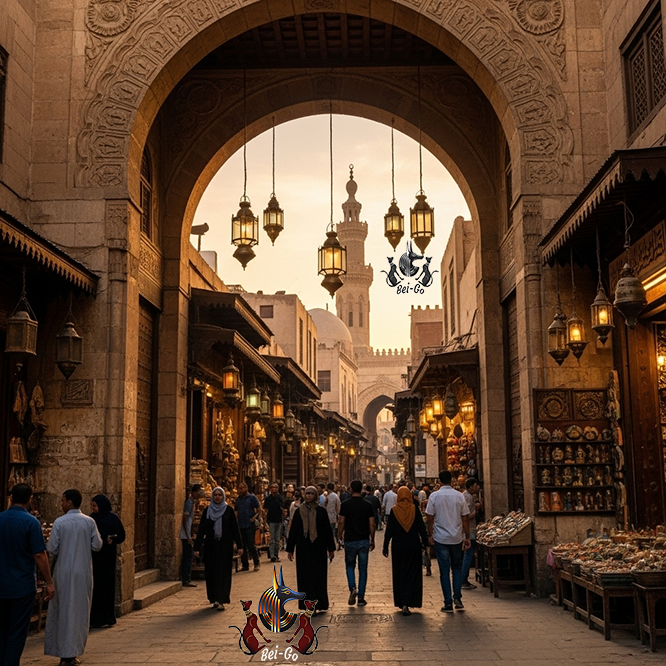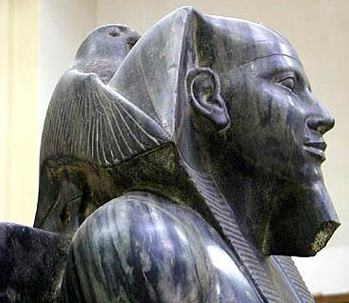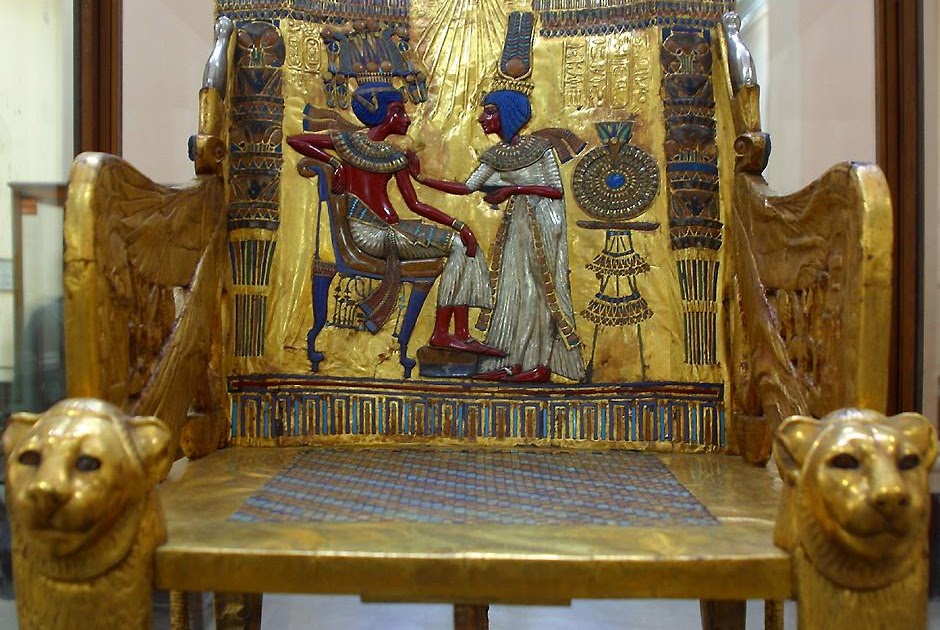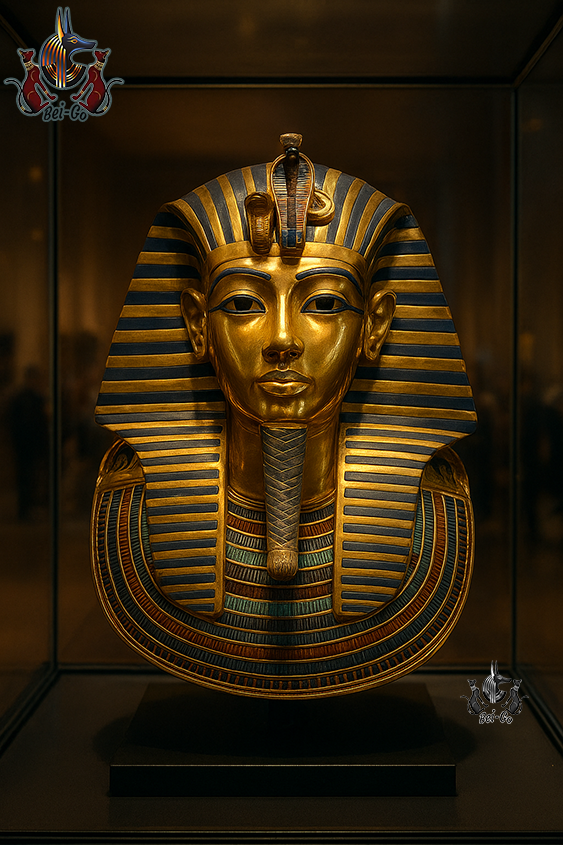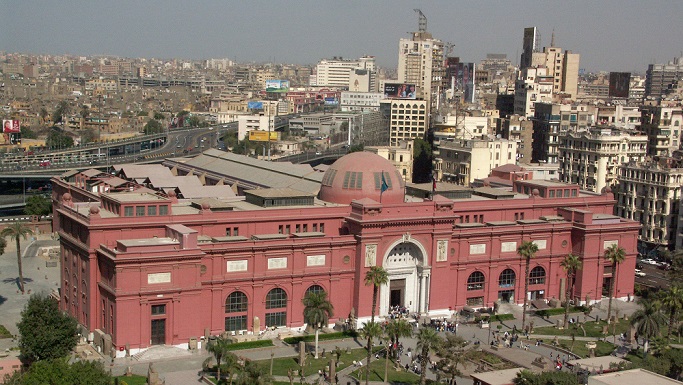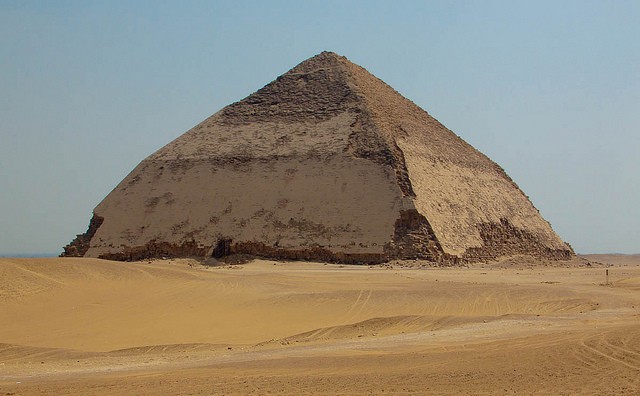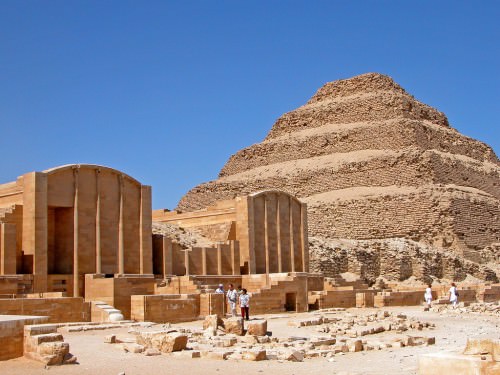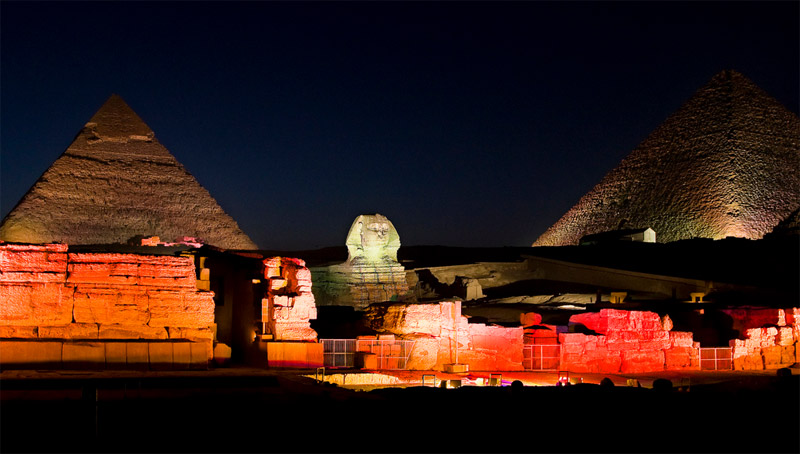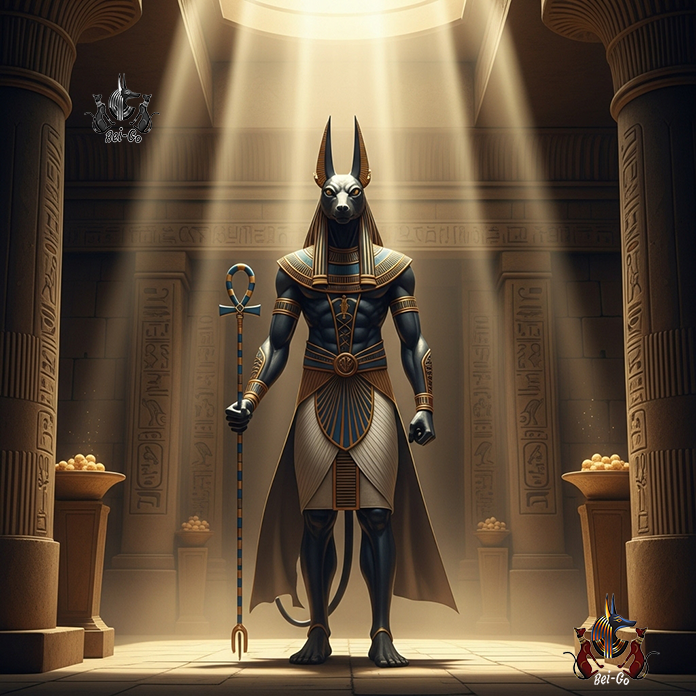
Anubis of Egypt: A Journey into the World of Myth and Eternal Civilization

The Gateway to Myth: Discovering Anubis's Egypt
Stepping into the Anubis sites in Egypt offers immediate passage to an ancient civilization steeped in potent mythology and profound symbolism. A trip to Anubis's Egypt is a deeply historical and sensory experience. Visitors are greeted by incredibly detailed statues and elaborate inscribed walls that narrate the complex journey of the soul between the realms of the living and the dead.
This is far more than conventional sightseeing; it is an intensely immersive cultural experience that compels reflection on the sophisticated ancient rituals governing Egyptian daily life. It is simultaneously an archaeological and a spiritual journey, allowing visitors to feel like active participants in a living, unfolding historical narrative. The sites explain the language of the past—the powerful symbols, the esoteric titles, and the protective amulets—all meticulously crafted to guide and safeguard the deceased soul. For those seeking true depth in their travels, this exploration offers a harmonious blend of learning and enjoyment. Guided tours led by expert Egyptologists, visits to local exhibitions showcasing related artifacts, and opportunities for unique travel photography are integral parts of the experience. Anubis remains a profoundly moving destination, fundamentally expanding the concept of tourism to include intellectual engagement and an emotional connection with history.
The Symbolism of the God Anubis
The figure of Anubis is a comprehensive symbol in the ancient Egyptian consciousness, representing protection, the mastery of embalming, and the ultimate cosmic judgment of souls. Visiting the specific archaeological temples and necropolises connected to Anubis provides critical insight into how the Egyptians viewed death—not as a finality, but as a transitional phase toward immortality.
This nuanced perspective on death is vividly illustrated in the extensive funerary texts and temple carvings, particularly the iconic scene of the Weighing of the Heart. Here, Anubis plays the central and solemn role of the guardian and guide, ensuring that Ma'at (cosmic justice and order) is maintained. Tourism in Anubis's Egypt thus becomes a powerful educational and philosophical experience, prompting travelers to consider ancient concepts of destiny, memory, and the afterlife. For the culturally curious, the visit yields rich source material: from studying the demanding, precise techniques of mummification to deciphering the intricate rituals and processes that accompanied the transition of pharaohs and high nobles. This profound immersion in ancient cosmology enriches the overall travel experience, aligning intellectual curiosity with the pleasure of exploring a place charged with enduring human meaning across thousands of years.
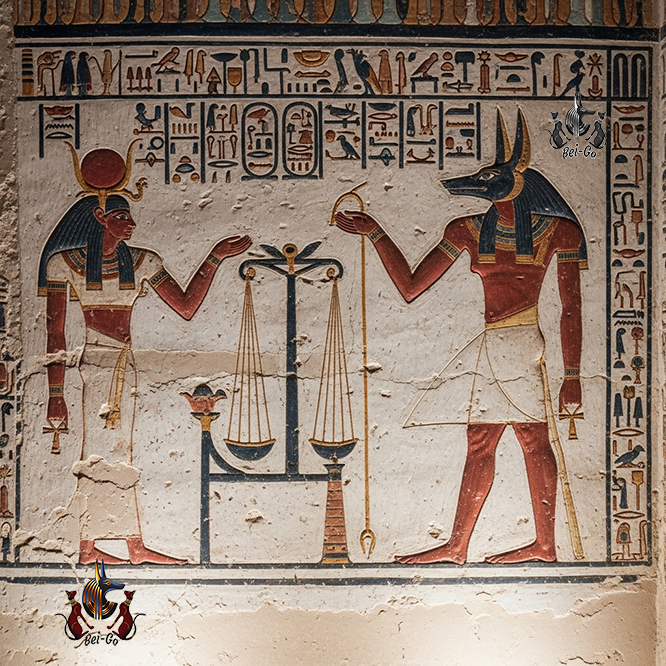
Anubis Artifacts and Statues
The collection of Anubis artifacts and statues stands as a brilliant testament to the skill and artistic genius of ancient Egyptian artists. Each surviving sculpture, relief, and inscription conveys a detailed narrative about the ancient reverence for death and the exceptional mastery of their handiwork.
During site visits, travelers encounter remarkable design diversity across the archaeological sites: from small, personal protective statues intended for tomb placement, to large temple reliefs, and monumental carvings depicting the jackal-headed god with majestic authority. The gilded Anubis shrine found in the tomb of Tutankhamun is a classic example. Witnessing these works firsthand transforms the travel journey into an invaluable, living art history lesson. Traces of paint, material choices, and decorative symbols reveal intricate details about ancient techniques in carving and preservation. For professional and amateur photographers, these locations provide exceptional opportunities for unique travel photos: capturing the dramatic contrast between weathered stone and polished surfaces, the reflective interplay of light, and the precise angles that accentuate small symbolic details. Expert local guides are crucial in enhancing this cultural tourism experience by providing the specific historical and artistic context for each piece. The Anubis remains are an absolutely vital stop for anyone who values history, artistic craftsmanship, and seeks a deeply educational and memorable travel experience.
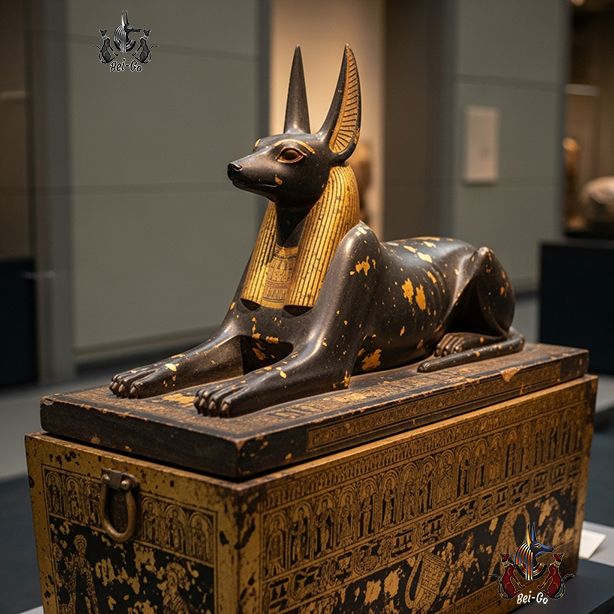
Rituals and Beliefs
The detailed funerary rituals inextricably linked to Anubis offer modern visitors a direct window into the profound beliefs of a people whose existence was a meticulous preparation for the afterlife. Gaining an understanding of the sequential steps of embalming techniques and the extensive ceremonies that accompanied them provides a unique and nuanced perspective on the concept of the spiritual passage.
Visitors can actively study the carved passages, which detail the precise order of rituals, the specific tools used by the priests, and the protective formulas and prayers recited to shield the deceased from harm and guide them across the perils of the underworld. This specialized knowledge elevates cultural tourism by reframing the present tourist site as a venue for understanding a complete, integrated past, underscoring the vital role of rituals in structuring the society. For travelers seeking to compare systems of belief and customs concerning death across various global cultures, studying the Anubis rituals provides exceptionally rich material for comparative analysis. Furthermore, comprehending these ancient practices makes the entire trip to Egypt more informed and respectful of a heritage that forms an irreplaceable part of the country's identity and its enduring tourism appeal.
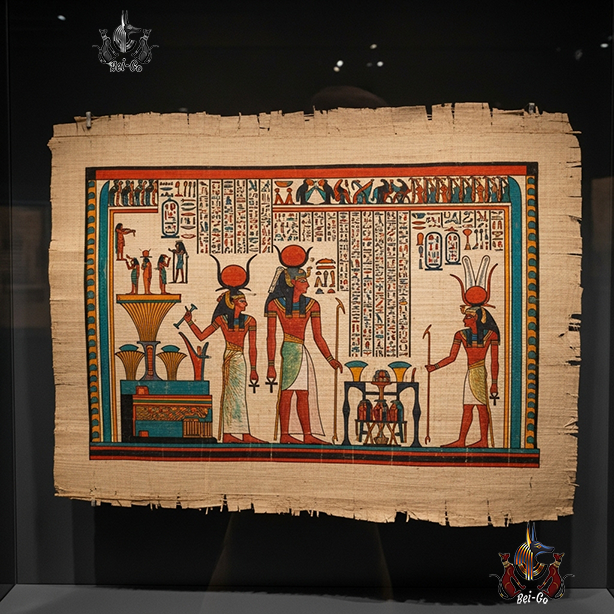
Nearby Destinations: Tourist Sites That Enhance the Experience of Visiting Anubis's Egypt
The archaeological zone encompassing the Anubis sites is perfectly situated amidst a wealth of other cultural and historic treasures, significantly enhancing the comprehensive Egypt travel experience. Within a single, well-planned itinerary, a traveler can effortlessly combine the central Anubis themes with visits to the awe-inspiring nearby temples, exploration of the famous Valley of the Kings, and the sensory experience of wandering through traditional markets that embody the vibrant spirit of contemporary Egypt.
Travelers can efficiently arrange their programs to include essential nearby locations such as the colossal temples of Luxor and Karnak, the royal tombs of the New Kingdom, and strategically planned stops to savor authentic local cuisine and traditional Egyptian hospitality. The local infrastructure offers reliable transportation and diverse accommodation options, suitable for all travel budgets. The seamless integration of these iconic sites creates a holistic tourism package, blending the profound depth of archaeology with the relaxing pleasures of modern travel.
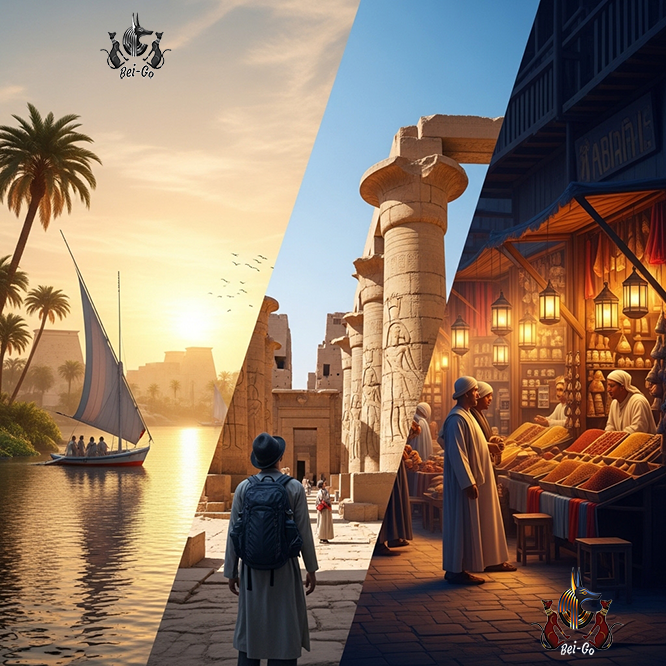
Anubis in Modern Egyptian Creativity
The powerful symbolism of Anubis did not vanish with the decline of the ancient kingdom; rather, it has been continually utilized as an enduring source of inspiration for modern Egyptian designers, filmmakers, and artists. His iconic figure is frequently reinterpreted in contemporary paintings, showcased in sculptures displayed in dynamic art galleries, and incorporated into modern interior design, where the distinctive lines of ancient Egyptian art are given a sleek, contemporary form.
This fascinating cultural continuity offers travelers a unique perspective on how heritage actively merges with contemporary creativity within the modern tourism experience. This dimension includes organized tours of artistic quarters, visits to prominent galleries displaying Anubis-inspired works, and specialized Egyptian art workshops that allow participants to actively try techniques influenced by the ancient past. This dynamic blend of past and present provides fertile ground for exploration for art enthusiasts and those committed to deep cultural tourism, fostering discussions about cultural endurance and how ancient myths are recast for a modern audience.
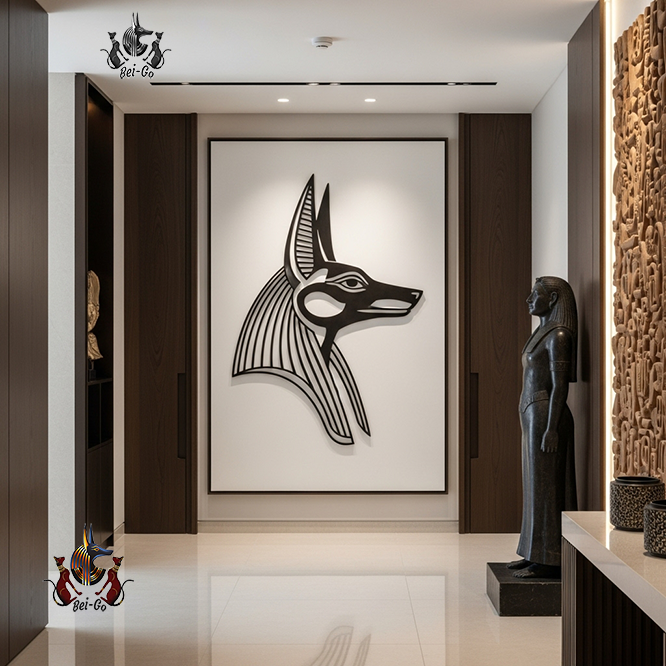
Your Complete Guide to Traveling to Anubis's Egypt
Effective and meticulous planning for a trip to Anubis's Egypt transforms the visit from a simple excursion into a truly memorable and comprehensive travel experience that enriches both memory and knowledge. This crucial planning stage involves thoughtfully selecting the ideal travel season, coordinating logistics with experienced local guides, and constructing balanced itineraries that smoothly connect the archaeological sites with local markets and contemporary exhibitions.
Travelers are strongly advised to consult detailed previous tourist reviews and testimonials, and to ensure the program incorporates essential rest periods for enjoying local food and taking short, authentic visits to nearby communities that enhance the genuine tourism experience. Respectful adherence to the rules of the historic sites and guide instructions is paramount for the preservation of these irreplaceable artifacts and guarantees an authentic, safe experience for every visitor. Anubis's Egypt is a distinctive destination that seamlessly merges spiritual legacy with aesthetic heritage. Plan your journey with care, integrate learning with pleasure, and let the specialists at Bei-Go help you transform this aspiration into a real journey that will remain powerfully etched in your memory for a long time.


